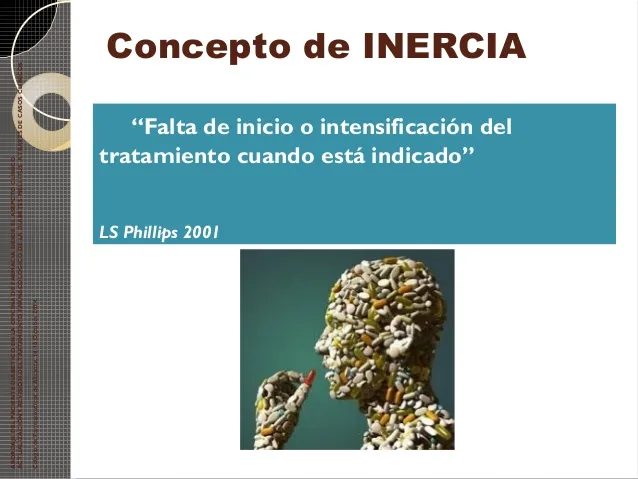Until one in three patients with type 2 diabetes see the control of their illness due to a failure in the beginning or intensification of their treatment, which is known as therapeutic inertia, from there that up to half does not meet the control objectivesGlucémica.
To reduce these situations it is key "being up to date on the knowledge of the new treatments," said Celia Cols, a family doctor of the Martorell Rural Sanitary Area (Barcelona), during a training encounter organized by the Lilly pharmacist.
In fact, this expert has recognized that the fear of the patient's refusal with diabetes to add an injectable drug to his treatment is one of the aspects that influences this inertia, for which simple alternatives have been designed that facilitate adaptation to theseTherapies
Together with the new therapeutic options, Dr. Sonia Miravet, also of the Basic Martorell health area, is equally key to medical-patient communication to "agree" the glycemic control objectives and establish a common compliance roadmap.
This conversation between the health professional and the patient also impacts positively on the fulfillment of the therapy, another of the difficulties that hinder the control of type 2 diabetes. "Empathy and active listening are key in this medical-patient communication", According to Miravet.


